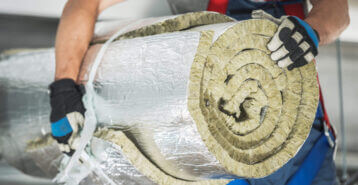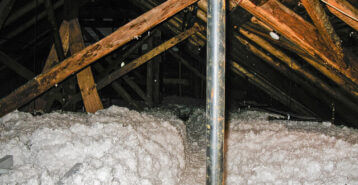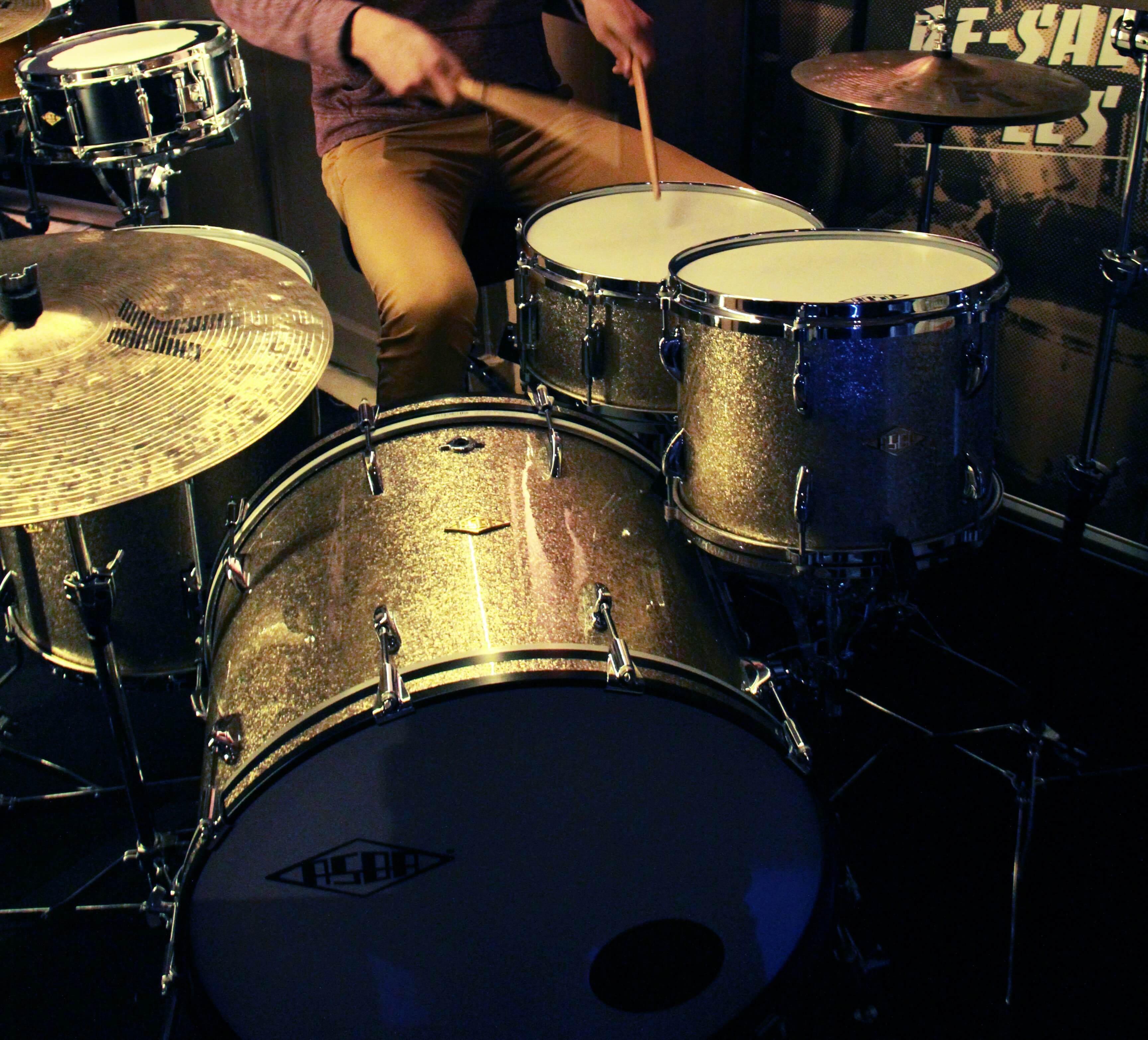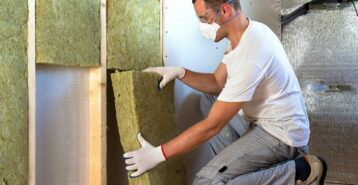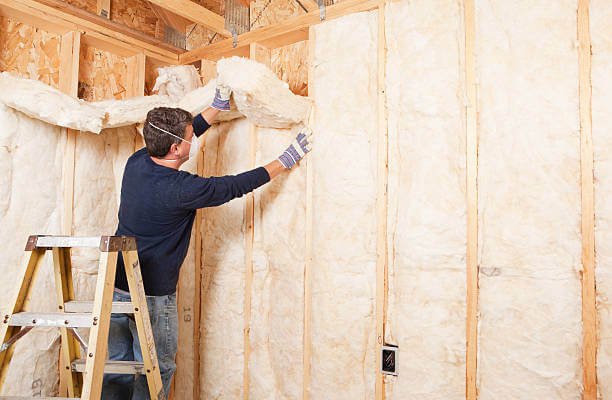The Complete Guide to Spray Foam Insulation Costs
Spray foam insulation is known for its excellent thermal performance, air sealing capabilities, and long-term energy efficiency benefits. It’s a popular choice for homeowners looking to maximize comfort while minimizing heating and cooling costs. However, spray foam insulation tends to be one of the more expensive insulation options, and understanding its costs is key to planning your insulation project effectively. This guide provides an in-depth look at spray foam insulation, including detailed cost breakdowns, factors influencing pricing, and comparisons with other insulation types.
What Is Spray Foam Insulation?
Spray foam insulation is a liquid material that expands into a foam when sprayed, creating a seamless layer of insulation that fills gaps, cracks, and crevices. It comes in two main types: open-cell and closed-cell.
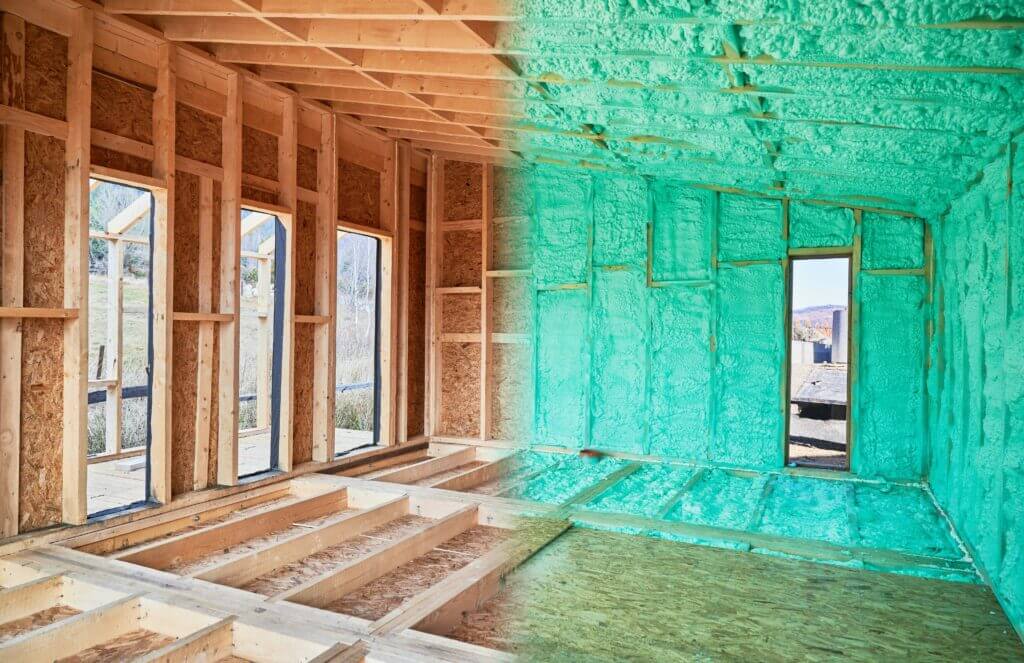
- Open-Cell Spray Foam: This type is lighter, more flexible, and less dense. It has a lower R-value (thermal resistance) per inch, typically around 3.6 to 3.8, and is ideal for interior applications where space constraints are less critical. Open-cell spray foam is excellent for soundproofing but provides less moisture resistance.
- Closed-Cell Spray Foam: Denser and more rigid, closed-cell foam offers a higher R-value per inch, usually between 6.0 to 7.0. It provides superior air and moisture barriers, making it ideal for exterior applications, roofs, and areas prone to dampness. Closed-cell foam also adds structural strength to walls and roofs, making it a versatile choice for both insulation and building reinforcement.
- Both types of spray foam are applied using specialized equipment that combines two liquid components — typically an isocyanate and a polyol resin — at the nozzle, where they react and expand rapidly to fill the space. This creates a solid, continuous insulation layer that is highly effective at reducing air leaks and enhancing thermal performance.
How Much Does Spray Foam Insulation Cost?
Spray foam insulation typically costs between $1,500 and $6,000, with most homeowners spending around $3,500 on average. The final price depends on several factors, including the type of foam (open-cell or closed-cell), the size of the project, and the thickness of the insulation applied. Additional factors like labor rates, geographic location, and any prep work needed can also influence the overall cost. While spray foam is generally more expensive than other insulation types, its superior energy efficiency and long-term savings make it a popular choice for homeowners looking to boost their home’s thermal performance.
Cost of Spray Foam Insulation Per Square Foot
The cost of spray foam insulation varies based on the type of foam used:
- Open-Cell Spray Foam: Costs typically range from $0.40 to $0.65 per board foot (one board foot = 1 square foot at 1-inch thickness).
- Closed-Cell Spray Foam: Costs are higher, ranging from $1.00 to $1.50 per board foot.
For a 2×4 wall cavity filled with 3.5 inches of spray foam, costs could range from $1.40 to $2.28 per square foot for open-cell foam, and $3.50 to $5.25 per square foot for closed-cell foam.
Total Average Cost to Install Spray Foam Insulation
The total cost to install spray foam insulation includes both materials and labor, and it typically ranges between $1,500 and $6,000 depending on the size of the area and the type of foam used. Here’s a general breakdown:
- Small Project (500 square feet): $1,500 to $2,500.
- Medium Project (1,200 square feet): $2,500 to $4,000.
- Large Project (2,500 square feet): $4,500 to $6,000.
These costs can vary significantly based on the complexity of the installation, the thickness of the insulation required, and local labor rates.
Factors That Affect the Cost of Spray Foam Insulation
Several factors can influence the overall cost of installing spray foam insulation:
- Type of Foam: Closed-cell spray foam is generally more expensive than open-cell foam due to its higher density, better moisture resistance, and greater structural strength. The type of foam you choose will significantly affect the overall cost.
- Thickness and R-Value: The thickness of the foam layer and the desired R-value directly impact costs. Higher R-value requirements will increase the amount of foam needed and, consequently, the total cost.
- Size and Location of the Area: Larger areas will require more materials and labor, leading to higher costs. The location also matters — insulating walls or attics may be less expensive than insulating roofs or basements due to the complexity and safety requirements of those spaces.
- Labor Costs: Labor rates vary by region, with higher rates in urban areas or places with a high demand for contractors. Additionally, the complexity of the project, such as working around obstacles or in confined spaces, can raise labor costs.
- Preparation and Cleanup: Preparing the area for insulation — such as removing old insulation, sealing air leaks, or repairing any damage — can add to the overall cost. Post-installation cleanup and disposal of old materials may also incur extra charges.
- Additional Services: Additional services like air sealing, mold remediation, or installing vapor barriers can increase costs. In some cases, specialized equipment may be needed, further raising expenses.
How Is Spray Foam Insulation Installed?
Installing spray foam insulation involves several steps to ensure a successful application:
Initial Assessment and Preparation: A professional contractor evaluates the area to determine the best type and amount of foam needed. Preparatory work may include sealing gaps, repairing damage, or removing old insulation.
- Application of Spray Foam: The foam is sprayed into the designated area using specialized equipment that mixes the two liquid components at the nozzle. The foam expands upon contact to fill gaps and create a seamless insulation layer.
- Curing and Finishing: The foam takes a few hours to cure fully. After curing, the contractor will trim any excess foam to ensure a smooth surface and proper fit within the walls, attic, or other areas.
- Final Inspection and Cleanup: Once the installation is complete, the contractor conducts a final inspection to ensure all areas are properly insulated and that the foam meets the required R-value. The site is then cleaned up, and any debris is removed.
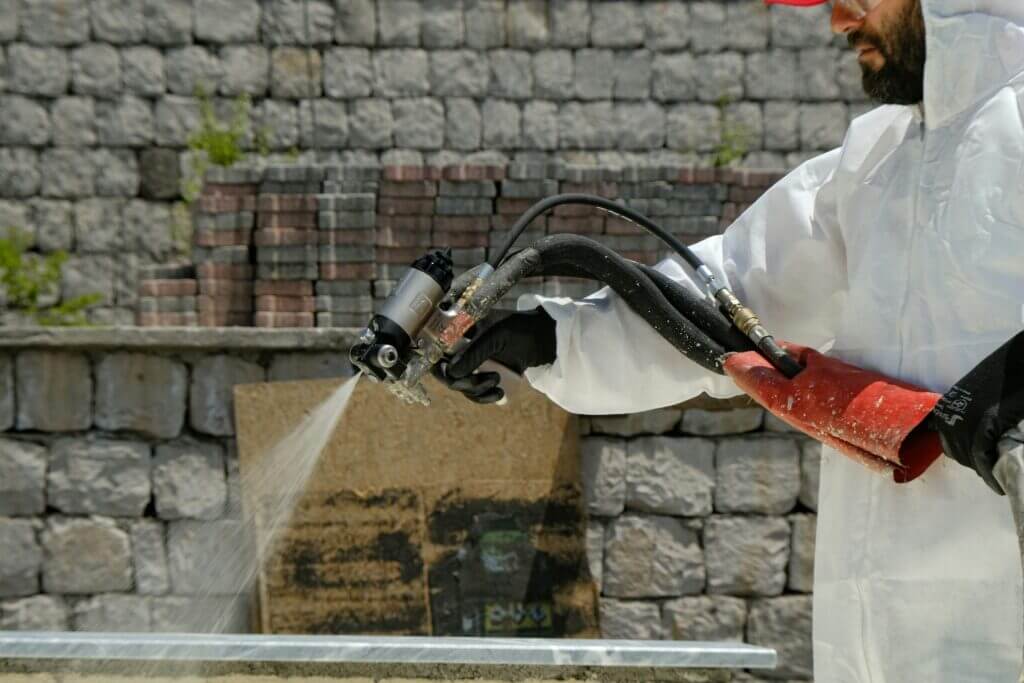
How Does Spray Foam Insulation Compare to Other Types?
Spray foam insulation offers several advantages over other insulation types, such as fiberglass batts or blown-in insulation:
- Spray Foam vs. Fiberglass Insulation: Spray foam provides superior air sealing and a higher R-value per inch than fiberglass batts, but it is significantly more expensive. Fiberglass costs range from $0.30 to $1.50 per square foot, making it a more budget-friendly option, though it may not offer the same level of energy efficiency or moisture resistance as spray foam.
- Spray Foam vs. Blown-In Insulation: Blown-in insulation is cheaper, with costs ranging from $1.00 to $2.80 per square foot, and is effective for filling gaps in attics or wall cavities. However, it does not provide the same air-sealing properties or structural support that spray foam does, making spray foam the better choice for maximum energy efficiency and moisture control.
Is Spray Foam Insulation Right for You?
Spray foam insulation is an excellent option for homeowners looking for the highest levels of energy efficiency, air sealing, and moisture resistance. While it is one of the more expensive insulation choices, its ability to provide a complete air barrier and add structural strength to walls and roofs can lead to substantial long-term savings on energy bills. However, for those on a tighter budget or insulating simpler spaces, alternative options like fiberglass or blown-in insulation may offer adequate performance at a lower cost. Understanding the costs and benefits of spray foam insulation can help you make an informed decision based on your home’s specific needs and budget.
For more insights on installation, safety, and performance, visit our Spray Foam Insulation FAQs page to get every question answered before you hire a contractor.

